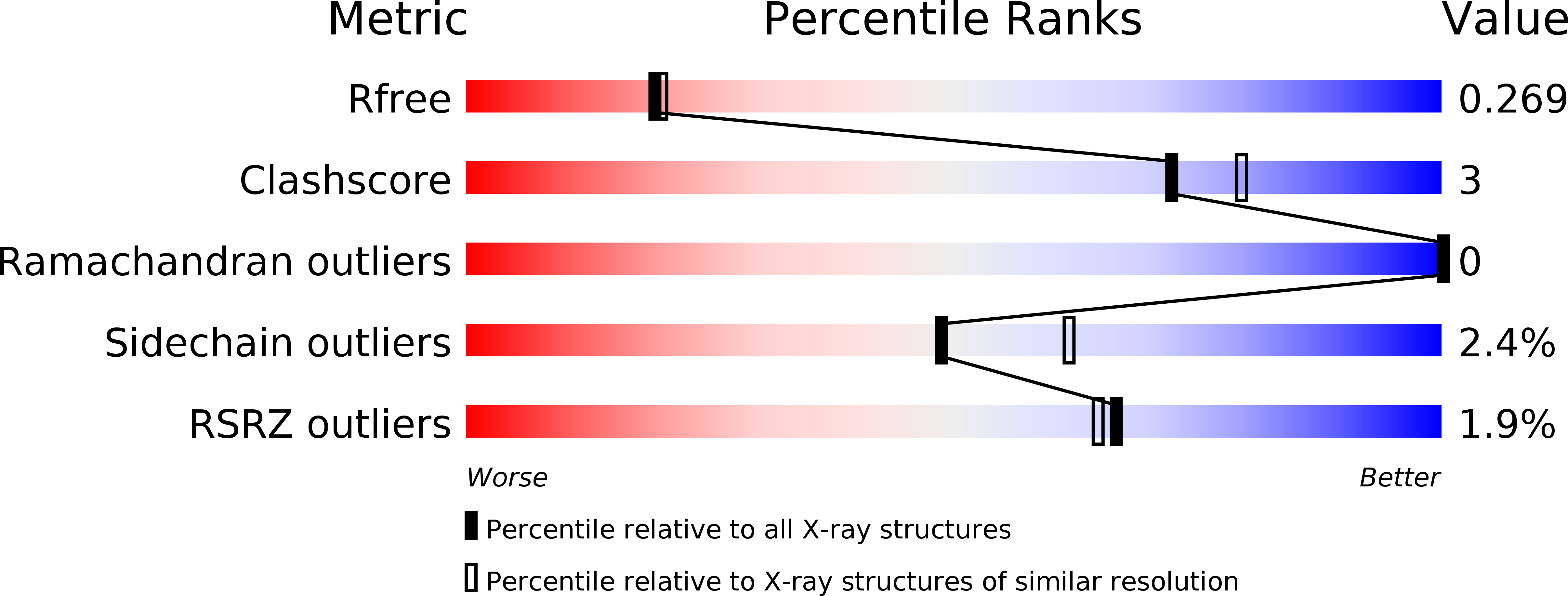
Deposition Date
2009-08-21
Release Date
2010-04-07
Last Version Date
2023-12-20
Method Details:
Experimental Method:
Resolution:
2.20 Å
R-Value Free:
0.28
R-Value Work:
0.23
R-Value Observed:
0.23
Space Group:
P 65 2 2


